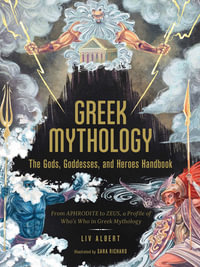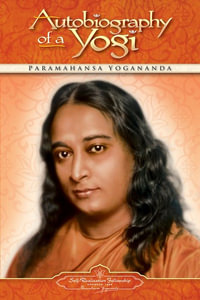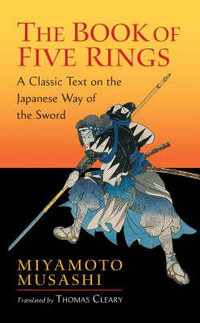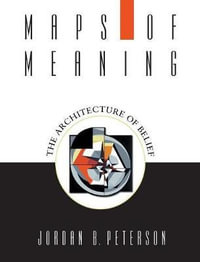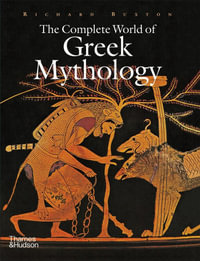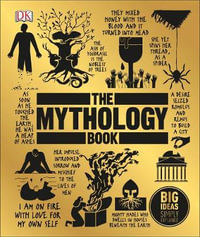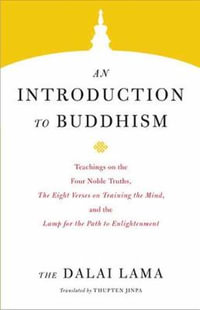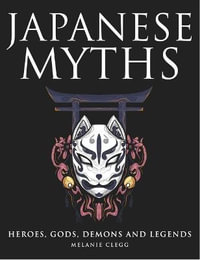The greatest of Hindu spiritual classic texts tells the timeless dialogue of the soldier Arjuna and the god Krishna, with all the references and characters explained, and with intriguing insights into aspects of the Gita, such as the significance of the caste system represented in the Gita, why this discourse on nonattachment and devotion is set within a story of bitter civil war.
Industry Reviews
This is my first encounter with SkyLight Paths. One is struck immediately by the breadth of their publishing, concentrating on various spiritual paths from around the world. The present volume is part of a series titled 'SkyLight Illuminations.' The idea is simple: take a sacred text, present excerpts from the text along with commentary by a writer familiar with the text. The sacred text itself is presented on right-facing pages; commentary appears on the left. A very attractive format, indeed.
Other titles in this series include "Rumi and Islam" "The Gospel of Phillip," "The Hebrew Prophets," "The Bhagavad Gita," you get the idea- The series takes a broad look at religious traditions both east and west, paring down the texts into bite-sized pieces, with commentary by believing scholars. It's a wonderful idea. I'm glad someone has put this into print
Reiss opens the present volume with her personal testimony, a quick look athow she came to belief in the Book of Mormon as sacred scripture and historical record. She offers a helpful recap of how the Book of Mormon hascome into prominence since the 1980's with the strong advocacy of Pres. Ezra Taft Benson. It's an interesting historical perspective on the place of the Book of Mormon in the life of the church over the years.
Her commentary is pointed and clear. She has a two-fold purpose: first she wants to tell the story of the Book of Mormon, although large portions are omitted - the Jaredites, for example, are nowhere to be seen. But second and I think more importantly, she links texts from the Book of Mormon to explain and support current and past Mormon belief and lifestyle. Her comments therefore constitute an introduction to Mormon practice and history, touching on such subjects as early Mormon polygamy the use of water instead of wine in the Sacrament service, etc.
Here's an example commenting on 2 Nephi 9:10-12:
(Insert Excerpt)
So here, in one book is an induction not just to the Book of Mormon, but toMormon belief and practice, offered in clear, easy to understand language. It addresses the many ways in which Mormonism differs from larger Christianity, including a discussion on the doctrine of the trinity.
At the same time, by its inclusion in the Skylight Illuminations series, it places Mormonism within the larger flow of religious traditions from around the world, dragging Mormonism out of the margins of religious life into the larger stream of spirituality.
I gladly recommend this book not so much for members of the Church, but for those interested in getting a first look at both the body and the book. As with Reiss's previous effort "Mormonism for Dummies," the current work makes simple some very complex ideas. Members should consider using this book in their personal missionary work.--Jeffrey Needle"The Association for Mormon Letters" (08/17/2005)


